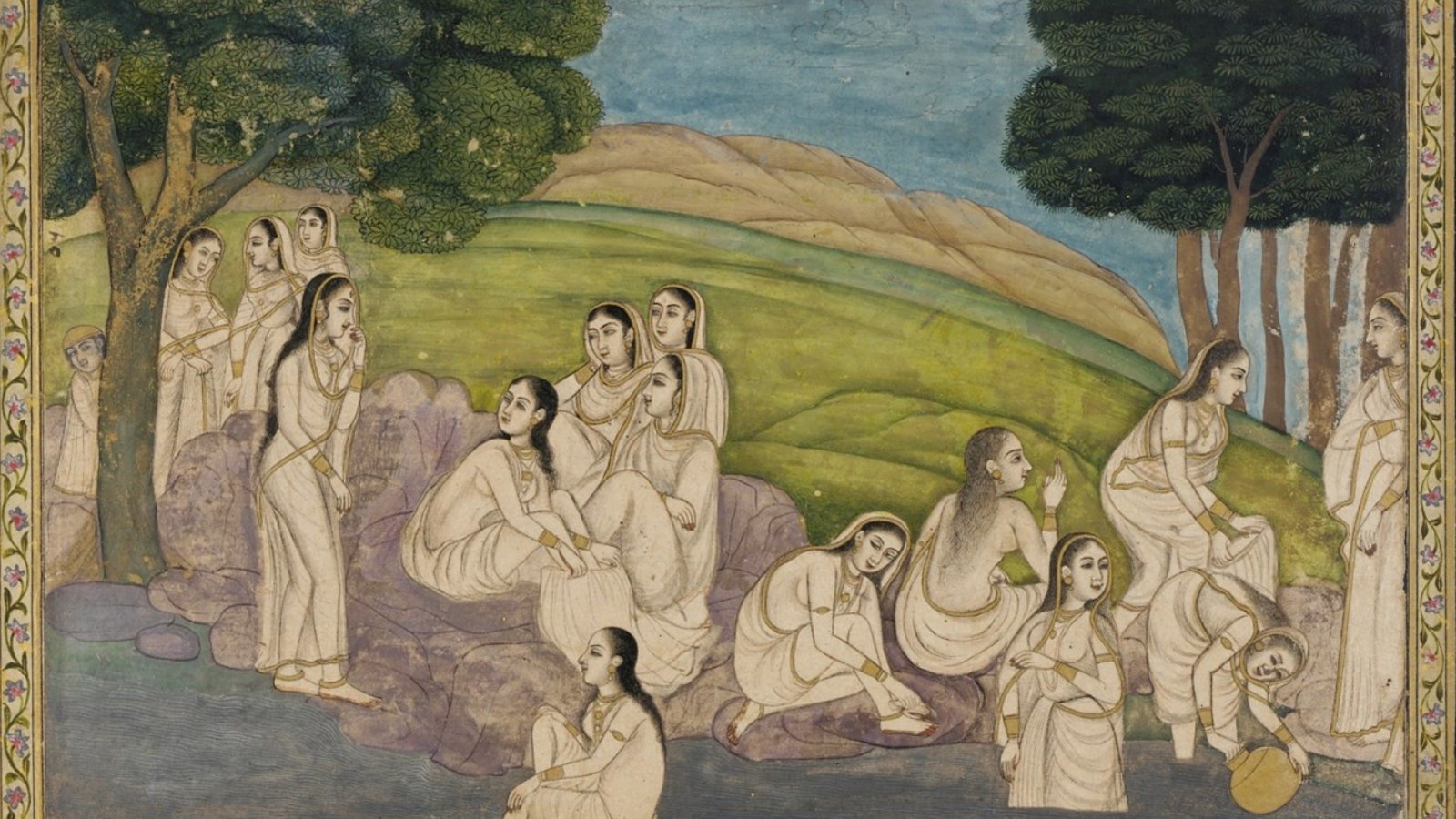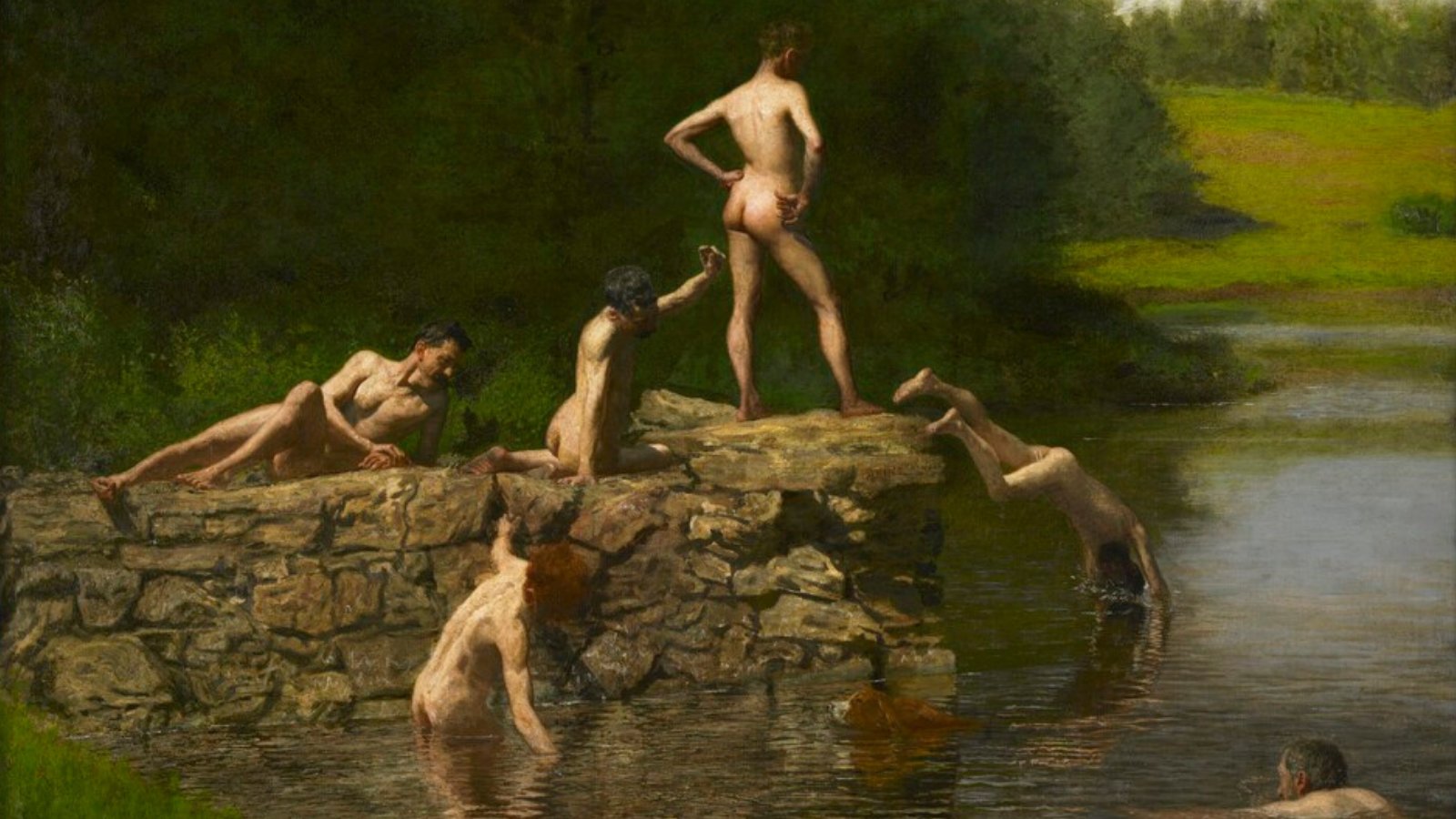In her 2017 series Soak, British artist Emily Ponsonby painted a coterie of women in the bath. The paintings were meant to reflect on the bliss of nudity and how bathing itself continues to be an opportunity for reset or rebirth each time we step into the tub.
Water affects us on every level: mind, body, and spirit. Add in the ceremony of bathing, and water becomes much like a fluid liminal space, a metaphor for ridding ourselves of what we don’t need to move forward.
Ponsonby’s contemporary work follows a long line devoted to this motif. From ancient times, artists have depicted humans attending to their bathing rituals. Ever evolving in purpose, the artwork has been allegorical, instructional, symbolic, religious, a record of daily life, a way to present the nude—and, of course, provocative, in turns.
The pieces, whether sculpture, ceramics, paintings, or mosaics are found in museums, on monument walls, in ancient bathhouses, and in illuminated manuscripts, woven into fabric and beyond. An ancient Greek vase reaches through time to depict male bathers standing beneath waterspouts at a public bath, evoking showers at a modern spa. Early works were often sculptural, showing nude figures holding a towel or standing near a tub—such as the numerous representations of Aphrodite.
Plein air paintings often showed subjects being baptized or experiencing something otherworldly—as in Lucas Cranach’s The Fountain of Youth, painted in a primitive Northern Renaissance style. Eighteenth-century painter Giuseppe Bartolomeo Chiari painted Bathsheba at Her Bath luxuriously pampered by her attendants in a more idealized style, veering towards Rococo.


